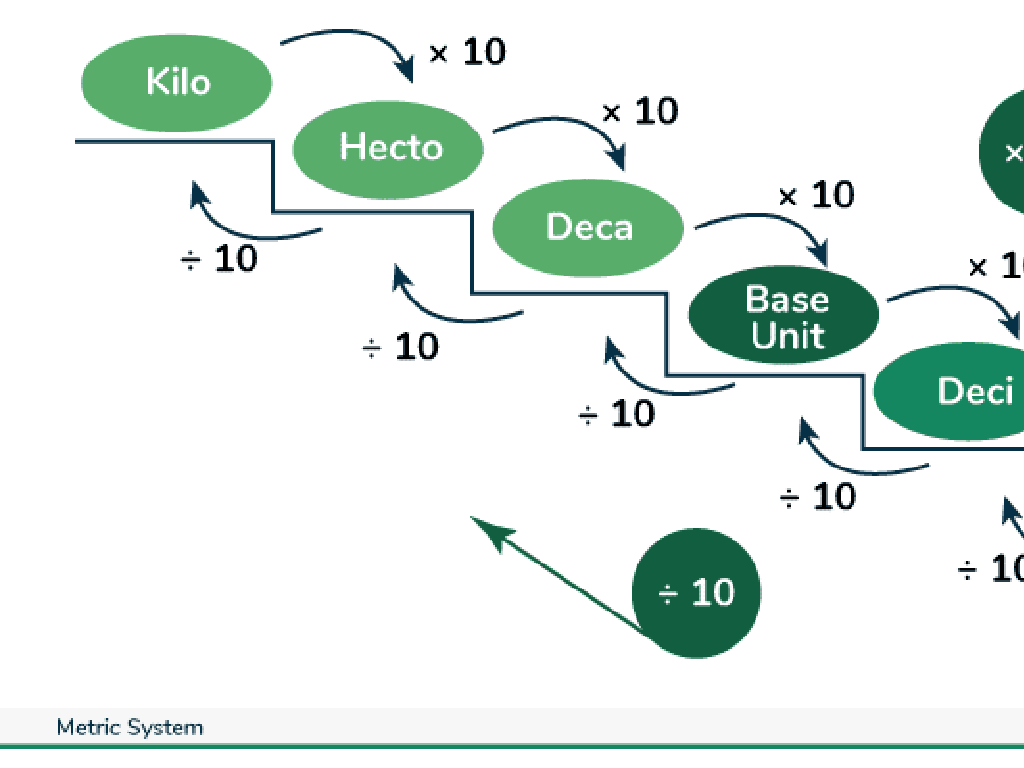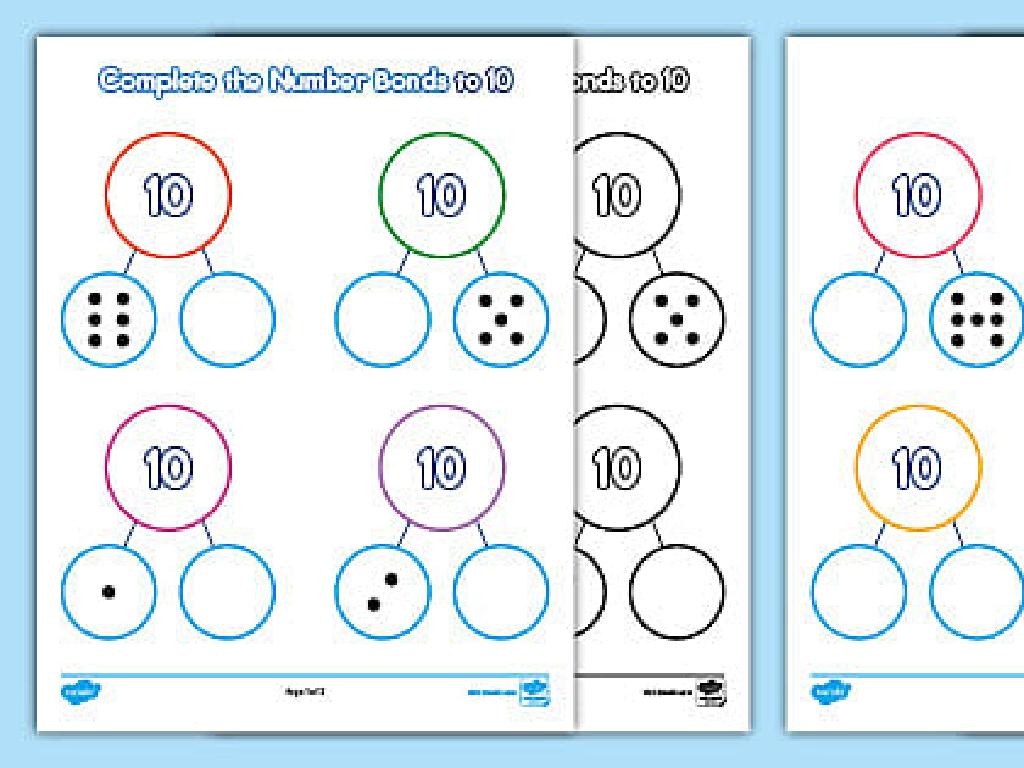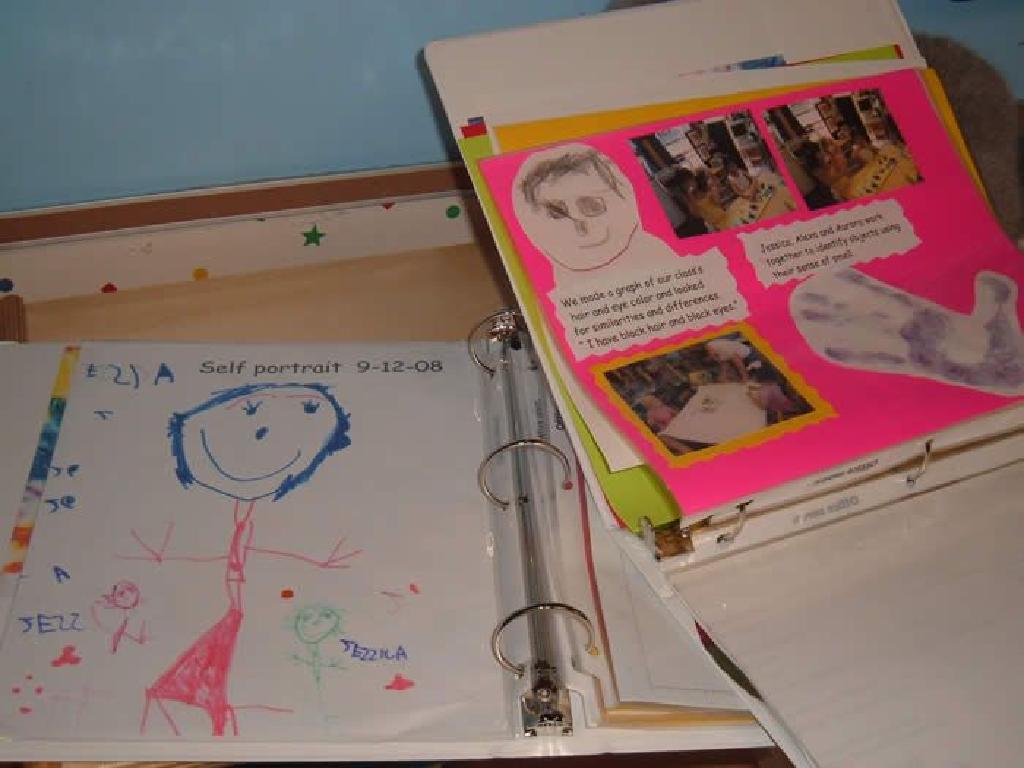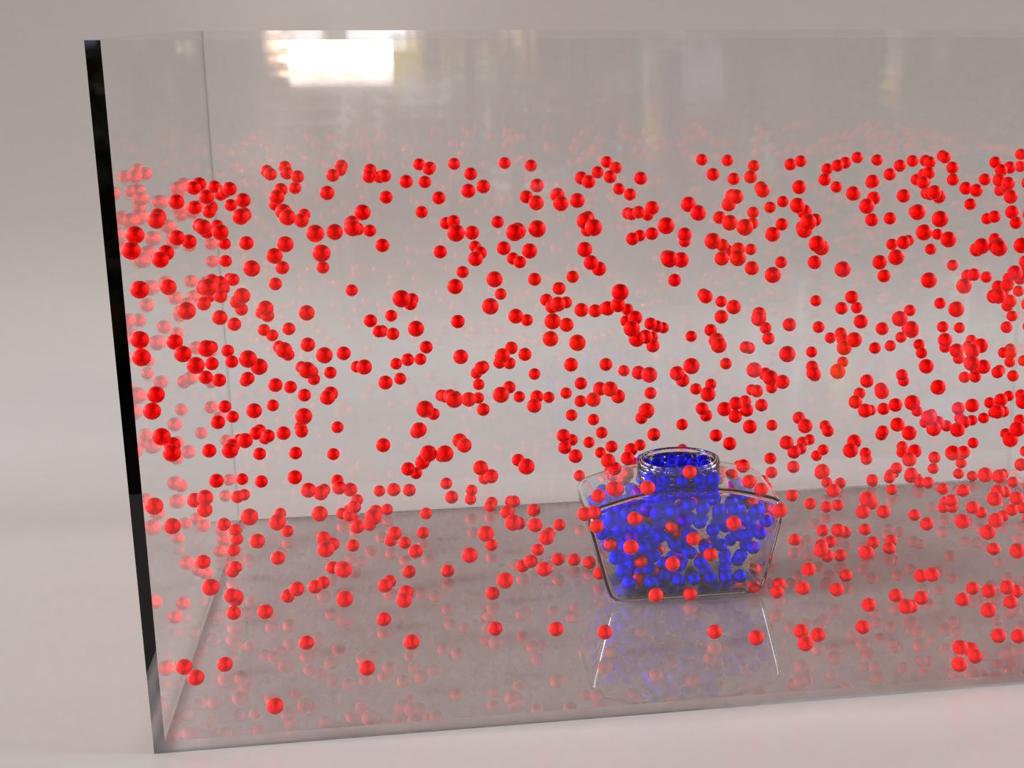Subtraction Word Problems - Up To 20
Subject: Math
Grade: First grade
Topic: Subtraction Word Problems Up To 20
Summary: This first grade math lesson teaches students how to solve subtraction word problems using numbers up to 20. Through engaging stories, interactive activities, and real-life examples, children learn to identify subtraction keywords and practice 'taking away' items. Visual aids, classroom games, and hands-on practice help reinforce the concept, making subtraction fun and relatable. By the end, students gain confidence in solving subtraction story problems and applying math to daily situations.
Please LOG IN to download the presentation. Access is available to registered users only.
View More Content
Welcome to Subtraction!
– Greetings First Graders!
– Learning to take away numbers
– Subtraction means taking some away
– Subtraction shows what’s left
– If you have 5 apples and eat 2, how many are left?
– Practice with fun problems
– We’ll solve problems together using numbers up to 20
|
This slide is an introduction to subtraction for first graders, designed to create a friendly and engaging atmosphere. Start by greeting the students warmly to capture their attention. Explain subtraction as ‘taking away’ numbers in a simple and relatable context, such as using everyday items like apples. Emphasize that subtraction helps us figure out the number of items remaining. Encourage the students by telling them they will practice with fun and interactive problems, ensuring to use examples with numbers up to 20 to align with the lesson’s scope. The goal is to build a foundational understanding of subtraction through relatable scenarios and to prepare them for hands-on practice during the lesson.
Understanding Subtraction
– Subtraction means taking away
– If you have 5 apples and eat 2, you take away 2 from 5.
– The subtraction sign: –
– It’s like a little dash that tells us to take away.
– Subtraction makes numbers smaller
– Think of it like having a pile of toys and giving some away.
|
This slide introduces the concept of subtraction to first graders. Subtraction is explained as the process of taking away one number from another, which is a fundamental math skill. Use relatable examples like toys or apples to illustrate the concept. Emphasize the subtraction sign and how it signals that numbers will get smaller. During the lesson, use physical objects like counters or drawings to help students visualize the process of subtraction. Encourage students to think of their own examples of taking things away to relate to the concept of subtraction.
Solving Subtraction Word Problems
– Word problems are number stories
– Imagine numbers as characters in a story
– Read carefully to find out what to subtract
– Look for words like ‘less’ or ‘take away’ to help you
– Let’s solve problems as a team
– We’ll use examples to practice together
|
This slide introduces first graders to the concept of subtraction word problems. Emphasize that word problems are like stories where numbers are characters that interact. Encourage students to read the problem carefully to understand what is happening and what they need to find out. Highlight key phrases that indicate subtraction. During class, work through problems as a group, allowing students to discuss and solve problems collaboratively. Provide clear examples and use visual aids like counters or drawings to help them visualize the subtraction. Remember to praise their efforts and ensure a supportive learning environment.
Understanding Subtraction Word Problems
– Read the problem carefully
– Look for ‘take away’ keywords
– Words like ‘less’, ‘fewer’, or ‘minus’ mean subtract
– Identify numbers to subtract
– Find the two numbers in the story to subtract
– Solve the subtraction problem
– Use fingers or objects to help subtract
|
This slide is aimed at helping first graders understand how to approach subtraction word problems. Start by reading the problem out loud, ensuring comprehension. Highlight keywords that indicate subtraction, such as ‘less’, ‘fewer’, or ‘minus’. Help students identify the numbers involved in the problem and guide them to subtract these numbers. Encourage the use of visual aids like fingers or counters to represent the problem physically, making it easier for young learners to grasp the concept of ‘taking away’. Reinforce the idea that subtraction is about finding out how many are left after some are taken away.
Let’s Practice Subtraction!
– Start with 10 apples
– Eat 2 apples
– We had 10 and ate 2, so we subtract 2 from 10.
– How many left?
– Subtracting 2 from 10 leaves us with 8 apples.
– Count remaining apples
– After eating, we count and see 8 apples are left.
|
This slide is a class activity designed to help first graders practice subtraction through a relatable example of eating apples. Begin by explaining the scenario where you start with a certain number of items, in this case, apples. Walk through the process of ‘eating’ (subtracting) a couple of the apples and then counting what’s left. Encourage the students to visualize the apples and the act of taking some away to help them understand the concept of subtraction. After explaining, ask the students to solve similar problems with different numbers and items to ensure they grasp the concept. Possible activities could include using physical objects like counters or drawing pictures to represent the problem.
Subtraction Story: Toys on the Shelf
– Start with 15 toys on the shelf
– Take down 5 toys to play
– How many toys left on the shelf?
– Use subtraction to solve: 15 – 5
– Count remaining toys
– Practice counting backwards from 15
|
This slide provides a simple subtraction word problem for first graders to practice. The example uses a relatable scenario of playing with toys to make the concept of subtraction tangible. Start by explaining that we begin with a total of 15 toys. Then, we remove 5 from that total because they are being used to play with, which introduces the concept of ‘taking away’ in subtraction. Next, ask the students to think about how many toys would be left on the shelf. Guide them to use subtraction (15 – 5) to find the answer. Finally, encourage the students to physically count backwards from 15 to 10, reinforcing the concept of subtraction. This hands-on approach helps solidify their understanding of subtraction within 20.
Your Turn: Solving Subtraction Problems
– Listen to the subtraction story
– Find the numbers to subtract
– Look for numbers up to 20 in the story
– Identify ‘take away’ words
– Words like ‘less’, ‘fewer’, or ‘minus’ mean subtract
– Solve the problem together
– Use fingers or objects to help subtract
|
This slide is an interactive activity where students will practice solving a subtraction word problem as a class. Read the problem aloud slowly, giving students time to visualize and understand the scenario. Encourage them to identify the numbers involved and to recognize key phrases that indicate subtraction. Guide them through the process of solving the problem step by step, using manipulatives like counters or drawings if necessary. This will help reinforce their understanding of subtraction as ‘taking away’ and improve their ability to solve word problems. Prepare to offer support and celebrate their efforts as they learn.
Class Activity: Subtraction Scavenger Hunt
– Count items in the classroom
– ‘Take away’ a few items
– If there are 5 markers and you take away 2, how many are left?
– Write down the remaining number
– Share your findings with the class
– Tell us about the items you found and subtracted
|
This interactive activity is designed to help first graders understand subtraction in a fun and engaging way. Set up various stations with different quantities of items around the classroom. Guide the students to count the items at each station, then ask them to ‘take away’ a specified number of those items. They should write down how many items are left after the subtraction. This hands-on experience reinforces the concept of ‘taking away’ in subtraction. For the activity, prepare a worksheet for students to record their findings. Possible variations of the activity could include pairing students up, using different subtraction problems, or having students find and solve their own subtraction problems using classroom objects.
Subtraction Success!
– Congratulations on learning subtraction!
– Subtraction is useful every day
– Like when we share snacks or buy a toy and see how much money is left
– Practice makes you a subtraction star!
– The more you practice, the better you’ll get!
– Keep solving word problems
|
This slide is meant to celebrate the students’ achievements in learning subtraction through word problems. Highlight the practical applications of subtraction in daily life to make the concept more relatable and emphasize the importance of continued practice to improve their skills. Encourage them to keep looking for subtraction opportunities in everyday situations, such as sharing items or understanding change from purchases. Praise their efforts and progress to boost their confidence and interest in math. As a follow-up, consider assigning a few fun subtraction word problems for homework to reinforce today’s lesson.





